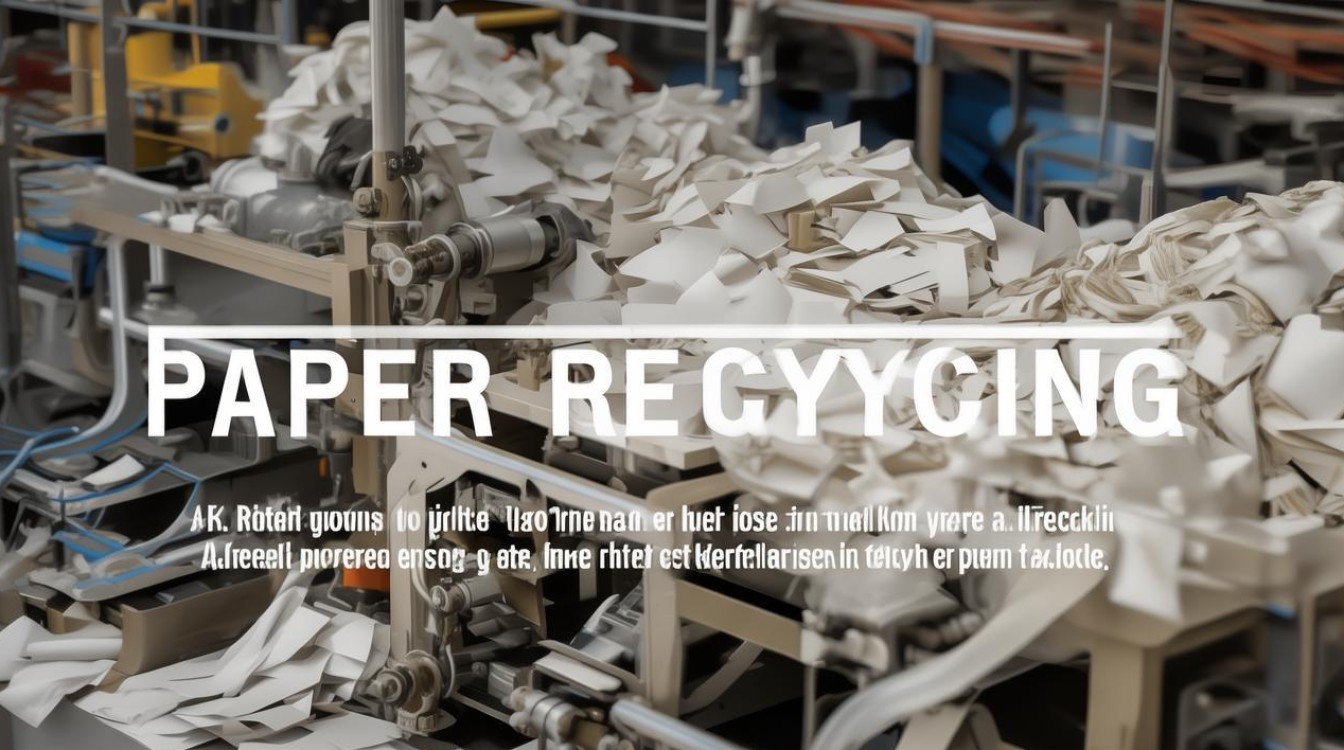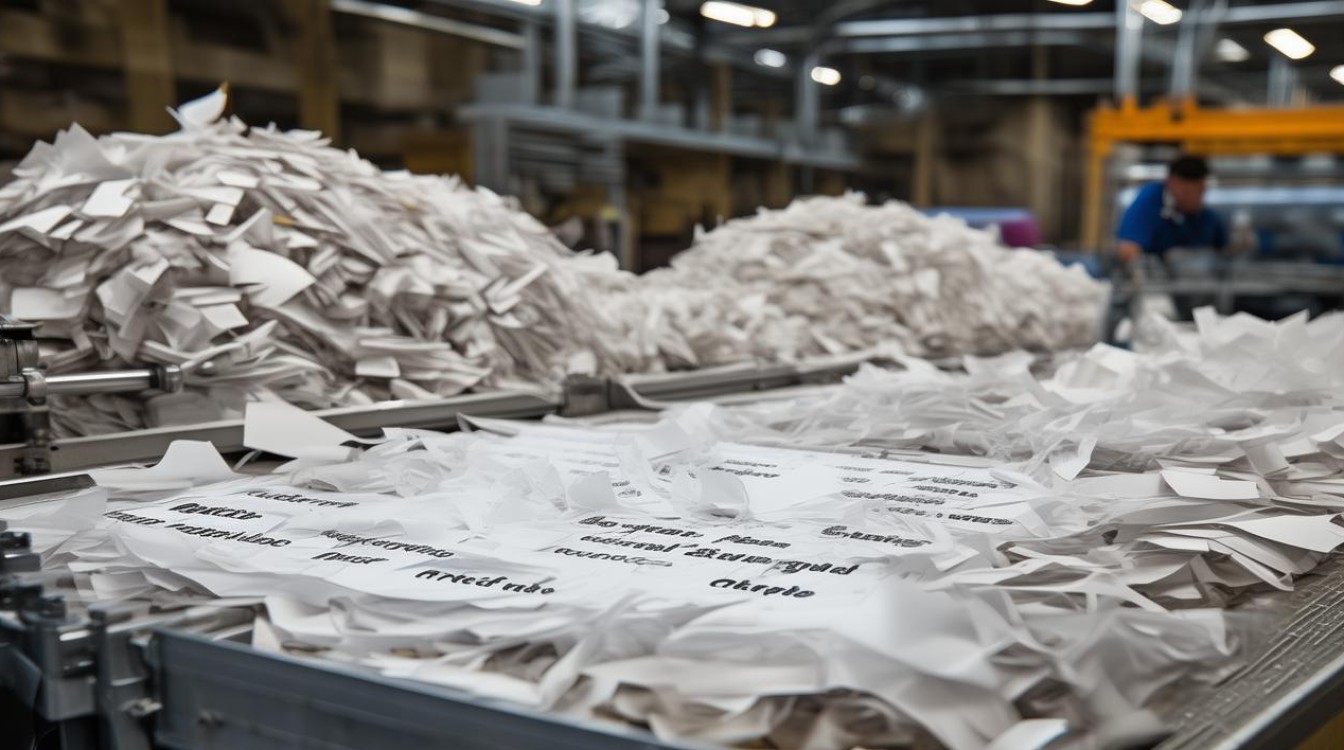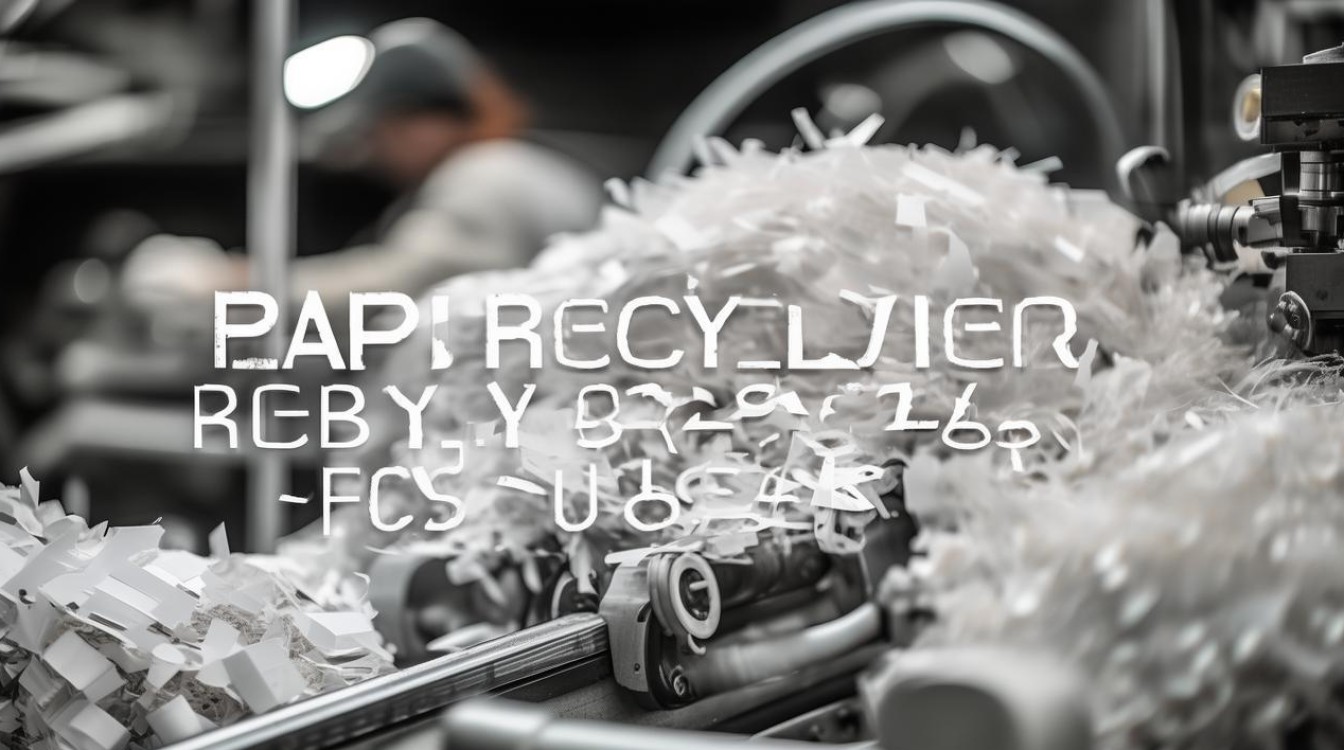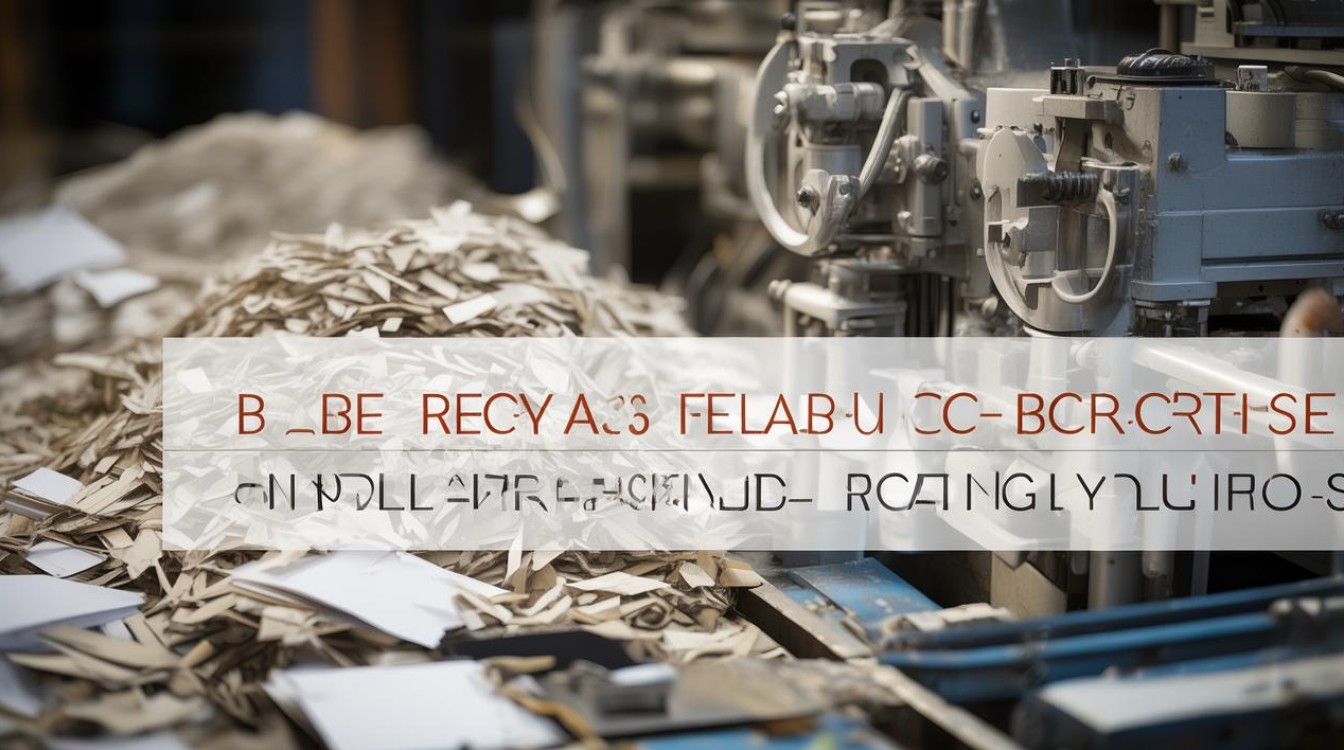In today’s environmentally conscious world, paper recycling plays a crucial role in reducing waste and conserving natural resources. Every year, millions of tons of paper are discarded, yet much of it can be repurposed through efficient recycling systems. Understanding the process and benefits of paper recycling helps individuals and businesses contribute to a sustainable future.

Why Recycle Paper?
Paper production relies heavily on wood pulp, which requires cutting down trees. Deforestation leads to habitat loss, soil erosion, and increased carbon dioxide levels. Recycling paper significantly reduces the demand for fresh raw materials. For every ton of recycled paper, approximately 17 trees are saved, along with substantial amounts of water and energy.
Additionally, recycling paper decreases landfill waste. When paper decomposes in landfills, it releases methane, a potent greenhouse gas. By diverting paper from landfills, recycling helps mitigate climate change.
The Paper Recycling Process
The journey of recycled paper involves several key steps:
-
Collection and Sorting
Used paper is collected from homes, offices, and recycling centers. It is then sorted by type—newspaper, cardboard, office paper—and checked for contaminants like plastic or food residue.
-
Pulping and Cleaning
The sorted paper is mixed with water and chemicals to break it down into fibers, creating a slurry called pulp. Impurities such as ink, staples, and glue are removed during this stage. -
De-inking (Optional)
For high-quality recycled paper, ink is removed using a flotation process where air bubbles lift ink particles to the surface for removal. -
Refining and Bleaching
The pulp is refined to strengthen the fibers, and bleaching may be applied if a brighter paper is desired. However, many eco-friendly products retain a natural color to minimize chemical use. -
Paper Formation
The cleaned pulp is spread onto screens, pressed, and dried to form new paper sheets. These sheets are then rolled and cut into various products, from packaging materials to office paper.
Types of Recyclable Paper
Not all paper is equally recyclable. Common categories include:
- Corrugated Cardboard – Used for shipping boxes.
- Newspaper – Easily recyclable but lower in fiber quality.
- Office Paper – High-quality fibers make it ideal for recycling.
- Magazines and Catalogs – Often coated, requiring special processing.
Non-recyclable paper includes wax-coated, laminated, or heavily soiled paper, which can contaminate the recycling stream.
Challenges in Paper Recycling
Despite its benefits, paper recycling faces obstacles. Contamination from non-paper materials reduces efficiency. Consumers must ensure they only recycle clean, dry paper. Another issue is the degradation of fibers—each time paper is recycled, fibers shorten, limiting reuse to about five to seven cycles.
How Individuals Can Help
Simple actions make a big difference:

- Separate paper from other waste.
- Flatten cardboard boxes to save space.
- Avoid recycling paper with food stains or plastic coatings.
- Support businesses that use recycled paper products.
The Global Impact
Countries with advanced recycling systems, like Germany and Japan, achieve high recovery rates through public awareness and efficient infrastructure. In contrast, regions with limited recycling facilities struggle with paper waste. International cooperation and policy improvements can bridge this gap.
Recycling paper is more than an environmental gesture—it’s a necessity. By participating in paper recycling programs, individuals and organizations help conserve forests, reduce pollution, and promote a circular economy. The next time you toss a piece of paper, consider its potential for rebirth. Small efforts collectively lead to significant change.

